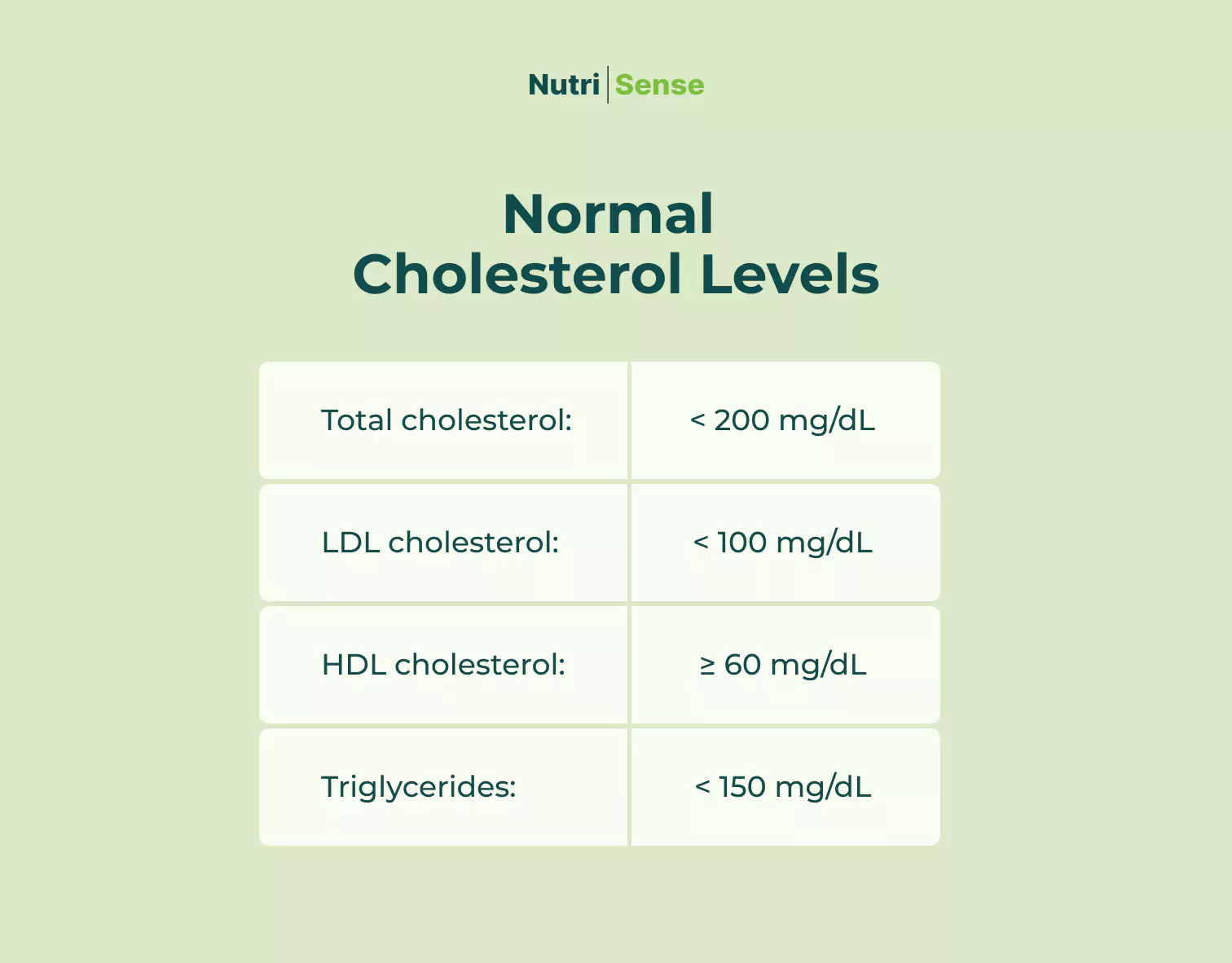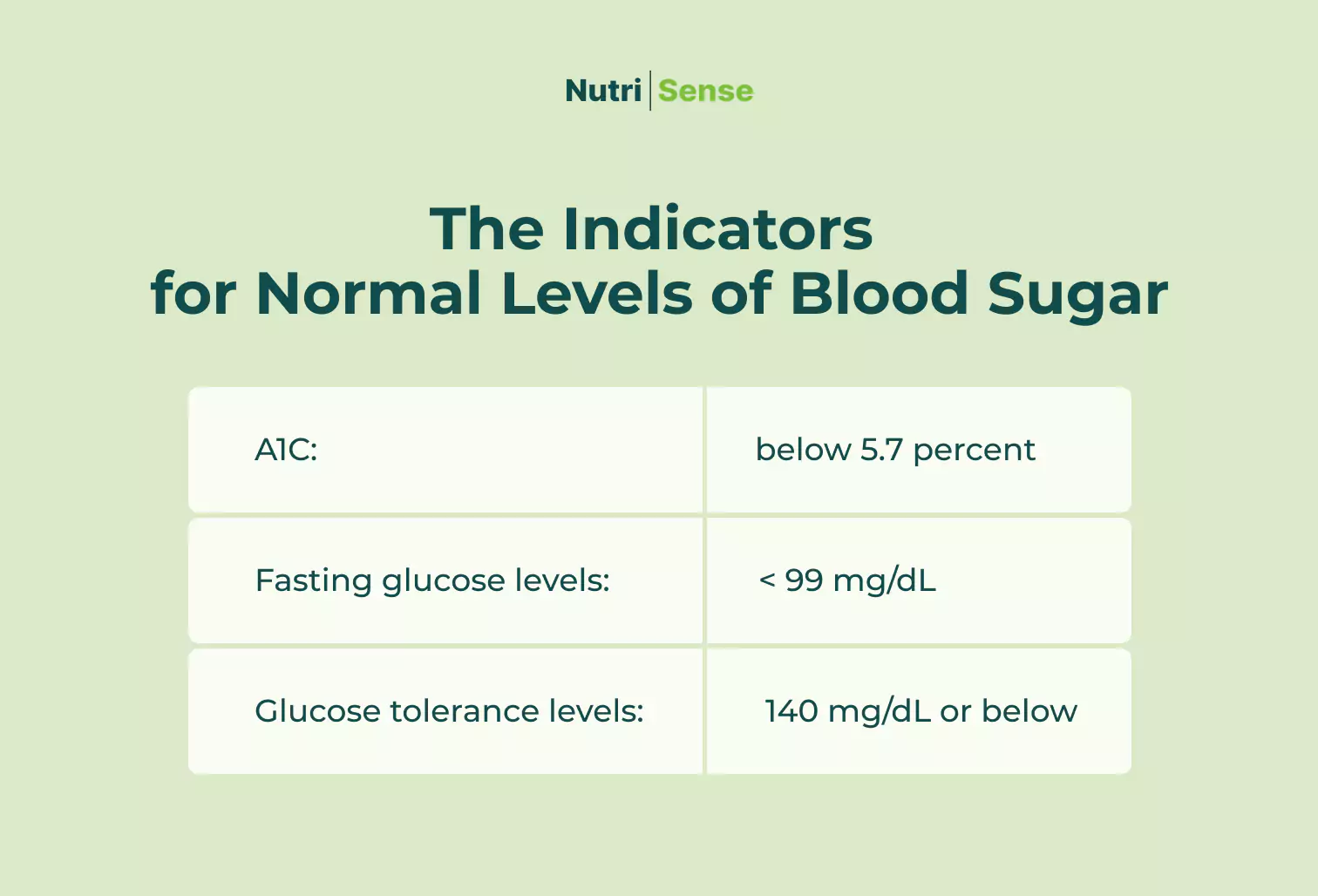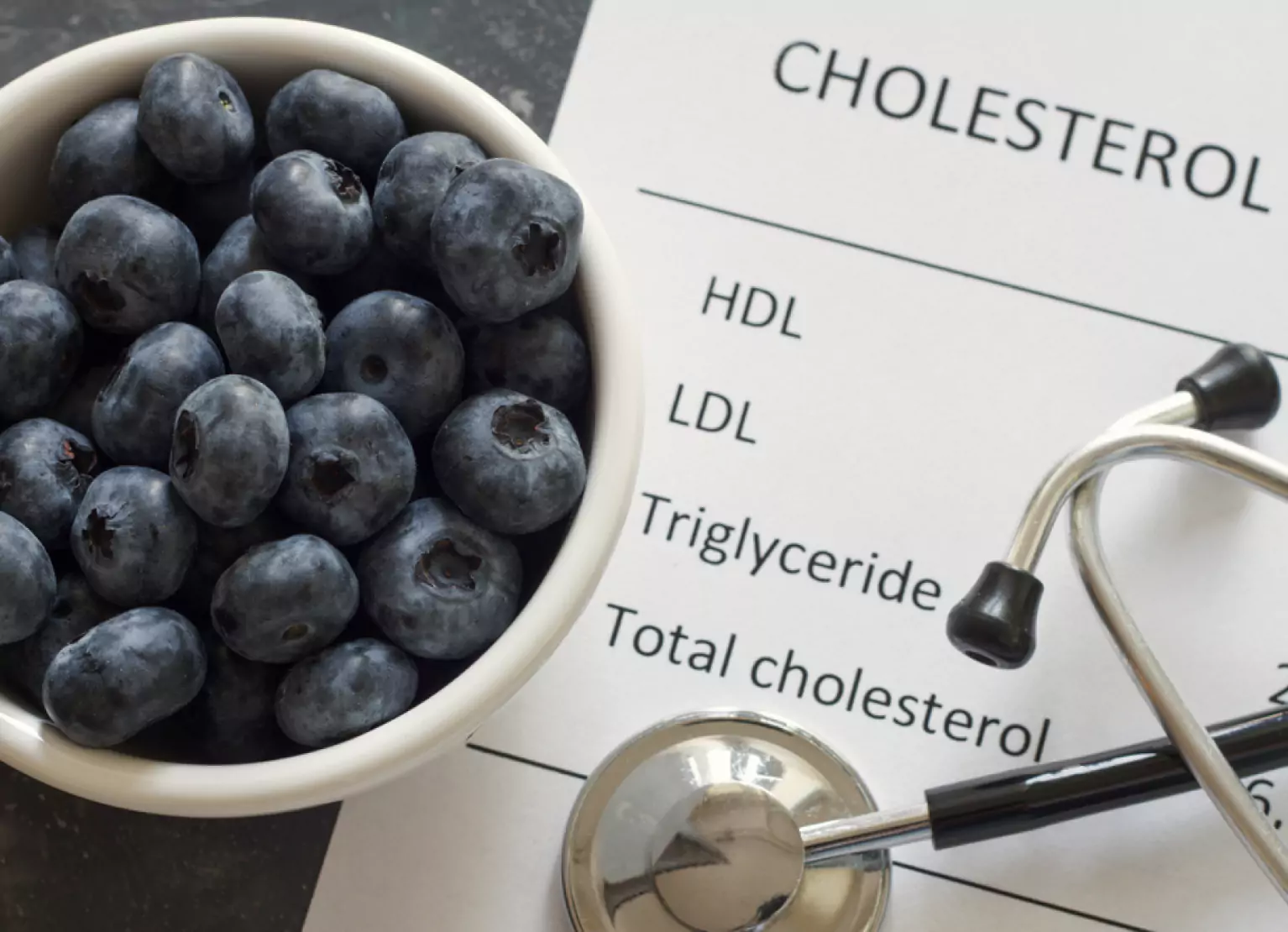The Relationship Between Cholesterol and Blood Sugar

Key Takeways
Cholesterol plays a very important role in the human body, contributing to the structure of the cells, helping with vitamin D synthesis, and also promoting the production of steroid and sex hormones, like cortisol, aldosterone, testosterone, and estrogen.
However, when our cholesterol becomes too elevated, it can begin to build up in the artery walls and lead to an increased risk of coronary heart disease and other conditions. Unhealthy dietary and lifestyle choices are the primary cause of higher levels of cholesterol, in addition to factors such as genetics and obesity. High cholesterol can also contribute to high blood sugar and increase the risk of type 2 diabetes.
But how exactly is cholesterol connected to blood glucose levels? Read on to find out.
Is There a Relationship Between Cholesterol and Blood Sugar?
Excess sugar consumption has risen significantly in the American diet over the past few decades, and studies have found this type of diet to be a risk factor in conditions such as diabetes, obesity, heart disease, and high cholesterol levels.
When we eat carbs, the digestive system breaks them down into glucose molecules, which provide essential energy to the cells. Though essential for energy, eating too many carbs and sugars can cause blood sugar levels to rise to abnormal levels. High levels of blood sugar are associated with many health complications, including insulin resistance, diabetes, and cholesterol issues.
Chronic high blood sugar levels can also lead to a condition known as insulin resistance, which occurs when cells become unresponsive to insulin secretion and prevent the body from using glucose for energy. This condition is a precursor for diabetes, however, it’s also been found to affect cholesterol levels, and can lower HDL cholesterol and increase LDL cholesterol levels.
Insulin resistance can also happen when the levels of the hormone called cortisol are high, and this risk is especially high in individuals with obesity. Some research suggests that high levels of cortisol may be linked to an increased risk for prediabetes.
What are Normal Levels for Both Cholesterol and Blood Sugar?
The different types of cholesterol can be broken down into three categories: low-density lipoproteins (LDL), high-density lipoproteins (HDL), and triglycerides.
LDL cholesterol is responsible for fatty buildups and blockage inside the arteries, so lower levels of this type are generally considered healthy. HDL cholesterol transports LDL cholesterol to the liver to be flushed out of the body, meaning that higher levels of HDL cholesterol are beneficial.
Finally, triglycerides, which are a type of lipid found in the blood, help the body store energy from food. If triglyceride levels are too high, you may be at a higher risk for heart attack.
Normal levels of each type of cholesterol can be measured via a simple blood test called a lipoprotein panel and may vary and depend on age and gender according to the CDC.

Healthy Blood Sugar Levels
Blood sugar is important to monitor due to the many health complications that can arise from having chronically elevated or low glucose levels. Normal levels can depend on age, gender, and pregnancy, though factors such as activity levels, genetic disorders, sleep, stress, and diet can also contribute.
Glucose can be measured via a number of different tests, including an A1C test (thought to be the most accurate indicator for diabetes risk), a fasting blood sugar test, a glucose tolerance test, and a random glucose test measured without fasting. A continuous glucose monitoring (CGM) device can also help you measure your glucose at all times to track your levels over time and see how they are affected by your diet and lifestyle.
These are the indicators for normal levels of blood sugar for each type of test according to the CDC:

How Does the Diet Affect Cholesterol

Most healthy, balanced diets should aim include all macronutrients which are fats, carbs, and protein. However, addition to factors like obesity and stress, excess consumption of fats and carbohydrates can be one of the biggest contributing factors to elevated cholesterol levels.
Things like saturated fats and certain types of processed meats such as bacon and hotdogs have been found to be correlated with unhealthy levels of cholesterol and should be consumed in moderation.
Added sugars are another group that can have a negative impact on cholesterol levels. When we eat too much sugar, the liver is forced to store the excess sugars as visceral fat, raising the cholesterol levels and increasing the risk of developing insulin resistance. Reducing added sugar consumption may help lower cholesterol in the body.
The Role of Diet for Cholesterol Management
As we discussed earlier, the amount of certain fats and carbohydrates you consume can be one of the biggest contributing factors for high cholesterol. The American Heart Association recommends limiting saturated fats to 6 percent of daily calories and avoiding trans fats when possible.
Luckily however, there are also many foods that contain cholesterol-lowering properties that can make up part of a healthy balanced diet.
Let’s have a look at some of the most beneficial foods to include for managing cholesterol levels as well as some foods that may be best to limit in your diet.
Foods That Help With Cholesterol Management

- Oats
- Whole grains
- Beans
- Eggplant
- Nuts
- Vegetable oils
- Fruits
- Soy and soy beans
- Fatty fish
- Fiber
Foods to Limit
- Milk chocolate
- Baked goods
- Deep-fried foods
- Processed foods
- Red or processed meats
- Full-fat dairy
- Margarine
- Hydrogenated oils
The Role of Exercise on Cholesterol Levels

The benefits of exercise and physical activity go far beyond aesthetics, lowering the risk of premature death and reducing the risk of cardiovascular disease. In addition to all this, exercise can also be an effective way of lowering your cholesterol levels.
Obesity has been found to increase the amount of LDL cholesterol in the blood, and can lead to serious heart issues resulting from the accumulation of too many LDL molecules in one place. However, when we exercise, our body produces enzymes that transport the LDL molecules from the blood to the liver to be excreted. In simple terms, the more you exercise, the more LDL your body expels.
Physical activity levels can also positively impact levels of lipoproteins like HDL-C and reduce triglyceride in the blood. High triglycerides and obesity can be risk factors for metabolic syndrome, so implementing healthy lifestyle habits such as exercising can support better overall health.
It’s important to get in your recommended physical activity, as staying active can support weight loss, heart health, and help manage your cholesterol levels.
Does Following a Healthy Blood Glucose Diet Mean You’ll Also Experience Healthier Cholesterol Levels?
Following an eating pattern to avoid or reduce blood sugar spikes may also be beneficial for cholesterol levels, though it’s not the only factor. Reducing your intake of things such as added sugars can help regulate your blood glucose as well as help with weight loss, which is positively associated with cholesterol management.
Adding fiber into your diet has also been proven to help prevent blood glucose fluctuations and also may help lower cholesterol levels. Glucose and cholesterol are both important indicators for metabolic health, meaning that taking steps to manage both may help you prevent some chronic diseases
Before making significant dietary changes, it’s important to speak with a licensed healthcare professional to determine the best plan for you and your individual health needs. An accredited nutritionist can help guide you step by step on how to monitor your glucose levels and reduce your intake of certain foods that may be negatively impacting your cholesterol values.
Find the right Nutrisense programto turn insight into progress.
Go Beyond Glucose Data with Nutrisense
Your glucose can significantly impact how your body feels and functions. That’s why stable levels are an important factor in supporting overall wellbeing. But viewing glucose isn't enough. Nutrisense, you’ll be able to learn how to use your body's data to make informed lifestyle choices that support healthy living.
One-to-one coaching
Sign up to access insurance-covered video calls to work with a glucose expert: a personal registered dietitian or certified nutritionist who will help tailor your lifestyle and diet to your goals.
Monitor and measure what matters
With the Nutrisense CGM Program, you can monitor your glucose with health tech like glucose biosensors and continuous glucose monitor (CGM)s, and analyze the trends over time with the Nutrisense App. This will help you make the most informed choices about the foods you consume and their impact on your health.
Find your best fit
Ready to take the first step? Start with our quiz to find the right Nutrisense program to help you take control.

Amanda is a Nutrition Manager and Registered Dietitian, with a Masters in Dietetics from Stephen F. Austin State University. Originally from south GA, she got her undergrad degree from Texas Tech University. She worked at a hospital in Fort Worth, TX, for 4 years as a dietitian, counseling those living with HIV.




